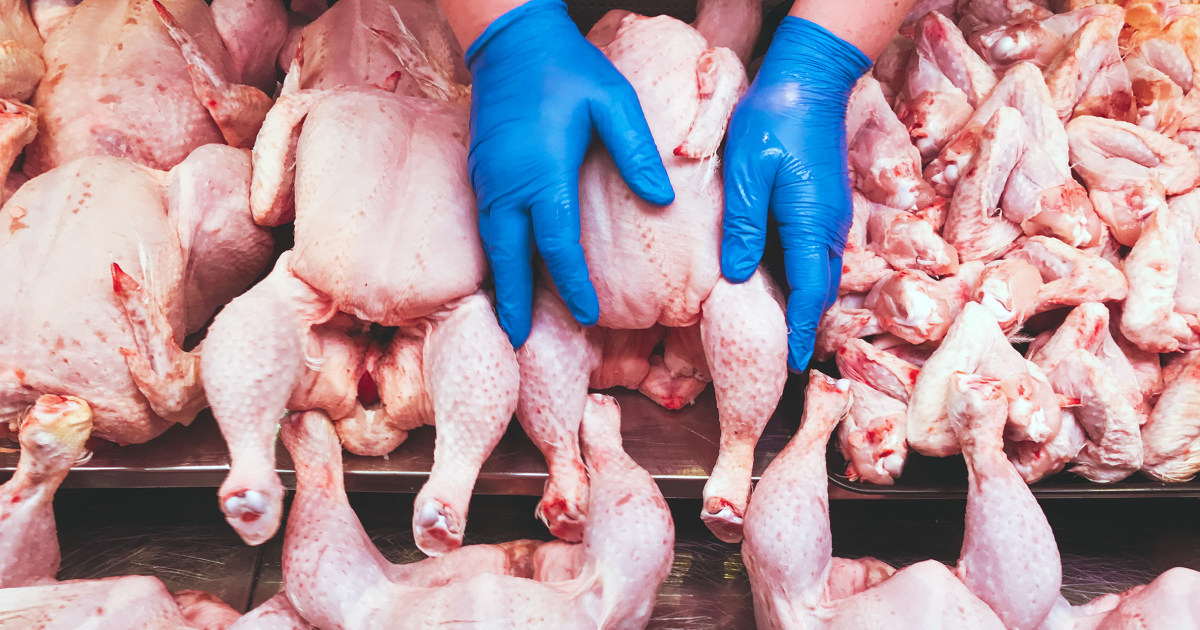USDA Halts Controversial Salmonella Proposal: Industry and Advocates React
The U.S. Department of Agriculture (USDA) abruptly withdrew its proposed framework to reduce Salmonella contamination in poultry products last week, sparking debate among food safety advocates, industry groups, and policymakers. The decision, announced on October 12, 2023, halts a two-year effort to implement stricter pathogen standards—a move critics argue prioritizes poultry producers over public health while supporters cite regulatory overreach.
Why the Proposal Sparked Controversy
The shelved initiative would have classified Salmonella as an “adulterant” in breaded stuffed chicken products—a legal designation allowing mandatory recalls when detected. Currently, USDA can only recall poultry contaminated with Salmonella if linked to active outbreaks. The agency proposed the change after these products caused 14 outbreaks and approximately 200 illnesses between 1998 and 2022.
“This was a missed opportunity to modernize food safety standards,” said Dr. Sarah Chandler, a food microbiologist at the Center for Science in the Public Interest. “Salmonella causes 1.35 million U.S. infections annually, and poultry accounts for 23% of those cases. The proposal balanced feasibility with meaningful risk reduction.”
Industry groups, however, argued the policy would have imposed unrealistic burdens. National Chicken Council spokesperson Tom Super stated: “Processing plants already invest millions in antimicrobial rinses and testing. Declaring Salmonella an adulterant ignores that proper cooking destroys the pathogen.”
Data Reveals Persistent Poultry Safety Challenges
USDA testing data underscores why Salmonella remains contentious:
- 8.1% of chicken parts tested positive for Salmonella in 2022, down from 13% in 2016 but above the 7.7% target
- Breaded stuffed chicken showed higher contamination rates (9.8%) than non-breaded products
- Antibiotic-resistant Salmonella strains caused 21% of infections linked to poultry (CDC, 2021-2020)
While the USDA achieved its Healthy People 2020 goal of reducing Salmonella in poultry, progress stalled post-2020. The withdrawn proposal aimed to address this plateau through:
- Expanded testing requirements for high-risk products
- New strain-specific standards accounting for virulence
- Incentives for pre-harvest interventions like vaccines
Stakeholders Divided on Path Forward
Consumer advocacy groups swiftly condemned the USDA’s reversal. “This decision leaves families vulnerable to preventable illnesses,” said Brian Ronholm of Consumer Reports. He cited a 2022 Journal of Food Protection study estimating that stricter Salmonella standards could prevent 50,000 illnesses yearly.
Poultry processors, however, welcomed the pause. “The proposal would have increased costs by 12-15% without clear public health benefits,” argued Tyson Foods VP of Food Safety Karen Christensen. “We support science-based reforms, but this wasn’t the right approach.”
Some experts suggest middle-ground solutions. Dr. Lance Price of George Washington University’s Antibiotic Resistance Action Center proposed: “Instead of blanket adulterant status, we could target specific dangerous strains like Heidelberg or Infantis while improving farm-level controls.”
What’s Next for Poultry Safety Regulations?
The USDA stated it will revisit Salmonella strategies in 2024, likely focusing on:
- Pre-harvest interventions: Vaccinating flocks and improving barn sanitation
- Enhanced consumer education: Safe handling labels and cooking instructions
- Voluntary industry benchmarks: Faster chilling processes and phage treatments
Meanwhile, Congress may intervene. Rep. Rosa DeLauro (D-CT) announced plans to introduce the Salmonella Modernization Act, which would mandate USDA action within 18 months. “The agency’s retreat shows we need legislative solutions,” she stated.
For consumers, experts emphasize continued vigilance:
- Cook poultry to 165°F (74°C) internal temperature
- Avoid washing raw chicken, which spreads bacteria
- Use separate cutting boards for meats and produce
As regulatory debates continue, one fact remains undisputed: Salmonella’s $4 billion annual economic toll ensures this issue won’t fly the coop anytime soon. Those concerned can submit comments via the USDA’s Food Safety Feedback Portal until December 15, 2023.
See more WebMD Network



